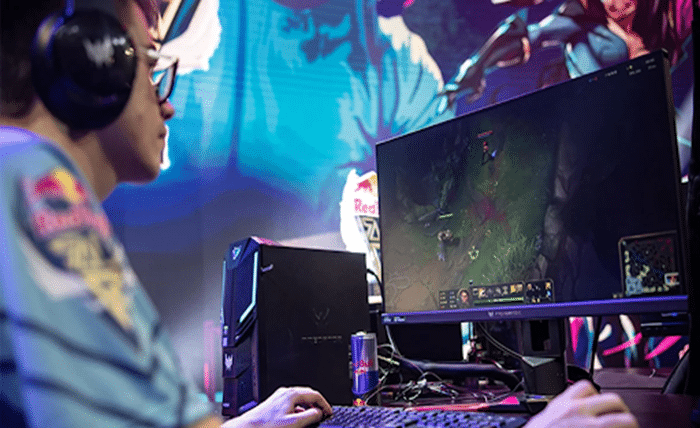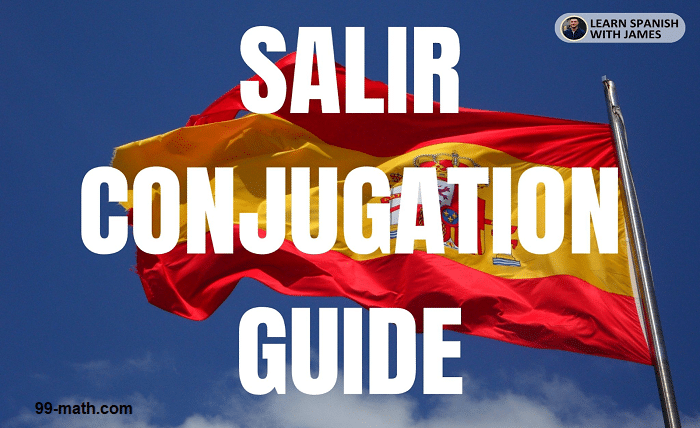The Connection Between Mathematics and Art: Exploring Mathematical Patterns
The worlds of mathematics and art, often perceived as distinct and separate, have an intrinsic connection that has fascinated scholars, artists, and mathematicians for centuries. This connection is beautifully embodied in mathematical patterns that manifest in various art forms, from ancient architecture to modern digital art. This article delves into the fascinating interplay between mathematics and art, exploring how mathematical principles and patterns inspire and create visual masterpieces.
1. The Historical Perspective
Ancient Civilizations and Geometry
Ancient civilizations, such as the Egyptians, Greeks, and Romans, used mathematical principles to create awe-inspiring structures and artworks. The Pyramids of Egypt, the Parthenon in Greece, and the intricate mosaics of Rome are prime examples of how geometry and symmetry were fundamental to their design. The use of the Golden Ratio (approximately 1.618), known for its aesthetically pleasing properties, is evident in many of these structures.
The Renaissance and Perspective
The Renaissance era marked a significant period where the fusion of mathematics and art reached new heights. Artists like Leonardo da Vinci and Albrecht Dürer used mathematical techniques to introduce perspective in their works, giving them a more realistic and three-dimensional appearance. Da Vinci’s “Vitruvian Man” is a famous example that illustrates the mathematical proportions of the human body.
2. Mathematical Patterns in Nature and Art
Fractals: The Infinite Beauty
Fractals are complex geometric shapes that can be split into parts, each of which is a reduced-scale copy of the whole. This property, known as self-similarity, is found both in nature and in mathematical sets. Fractals like the Mandelbrot set have inspired artists to create intricate and infinitely complex designs, reflecting the boundless beauty of nature.
Example
The fern leaf is a natural fractal, where each small leaflet mirrors the shape of the entire leaf. This pattern has been replicated in digital art to create stunning, lifelike images.
Fibonacci Sequence and the Golden Spiral
The Fibonacci sequence, where each number is the sum of the two preceding ones, appears in various natural phenomena, such as the arrangement of leaves on a stem and the spirals of shells. The Golden Spiral, derived from the Fibonacci sequence, is another pattern that artists use to create visually harmonious compositions.
Example
The painting “The Great Wave off Kanagawa” by Hokusai is believed to incorporate the Fibonacci spiral in its composition, enhancing its aesthetic appeal.
3. Symmetry and Tessellations
Symmetry in Art
Symmetry, a fundamental concept in mathematics, plays a crucial role in art. Symmetrical designs are often perceived as balanced and harmonious. There are various types of symmetry, including reflective, rotational, and translational symmetry, each contributing to different artistic effects.
Example
Islamic art is renowned for its intricate symmetrical patterns, which often incorporate complex geometric shapes and interlacing designs.
Tessellations: The Art of Tiling
Tessellations are patterns of shapes that fit together without any gaps or overlaps. Mathematician and artist M.C. Escher is famous for his use of tessellations in art, creating mesmerizing works that challenge the viewer’s perception of space and form.
Example
Escher’s work “Reptiles” features a tessellation of lizards that appear to crawl out of the two-dimensional plane into three-dimensional reality.
4. Modern Mathematical Art
Algorithmic and Generative Art
The advent of computers has given rise to a new form of art known as algorithmic or generative art. Artists use mathematical algorithms to generate images, animations, and sculptures, pushing the boundaries of creativity and computation.
Example
Artist Vera Molnár is known for her pioneering work in algorithmic art, using computer algorithms to create abstract compositions that explore the relationship between order and randomness.
Data Visualization
Data visualization transforms complex data sets into visual representations, making it easier to understand and interpret information. This intersection of mathematics, technology, and art has become a powerful tool for communication and storytelling.
Example
The “Wind Map” by Fernanda Viégas and Martin Wattenberg visualizes wind patterns across the United States in real-time, turning meteorological data into a dynamic and captivating artwork.
5. The Role of Mathematics in Art Education
Enhancing Creativity Through Mathematical Concepts
Incorporating mathematical concepts into art education can enhance students’ creativity and problem-solving skills. Understanding patterns, symmetry, and proportions can provide a solid foundation for artistic expression.
Interdisciplinary Approaches
Combining mathematics and art in education encourages an interdisciplinary approach, fostering a deeper appreciation for both subjects. Projects that involve creating tessellations, exploring fractals, or visualizing data can make learning more engaging and meaningful.
6. The Future of Mathematical Art
Virtual Reality and Augmented Reality
Advancements in virtual reality (VR) and augmented reality (AR) technologies are opening new frontiers for mathematical art. Artists can create immersive environments that allow viewers to experience mathematical patterns and structures in novel and interactive ways.
Example
The “Fractal Lab” VR experience lets users explore and manipulate fractal landscapes, providing a unique blend of art, mathematics, and technology.
Artificial Intelligence and Machine Learning
Artificial intelligence (AI) and machine learning are poised to revolutionize the creation of art. AI algorithms can analyze vast amounts of data to identify patterns and generate original artworks, offering new perspectives on the relationship between mathematics and creativity.
Example
The AI-generated portrait “Edmond de Belamy,” created by the Paris-based collective Obvious, was auctioned at Christie’s for $432,500, highlighting the growing influence of AI in the art world.
Conclusion
The connection between mathematics and art is a testament to the beauty and universality of patterns. From ancient architecture to modern digital creations, mathematical principles have inspired artists to push the boundaries of their craft. By exploring and embracing these connections, we can gain a deeper appreciation for both the artistic and mathematical worlds, recognizing the profound impact they have on each other and on our understanding of the universe. As technology continues to evolve, the fusion of mathematics and art promises to lead to even more innovative and captivating creations, enriching our cultural and intellectual landscapes.
Also Read:





